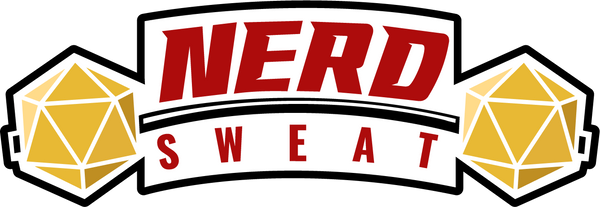
🌈 Building a Fantasy World Without Gender Norms
✨ Why Gender Norms Don’t Belong in Fantasy
In most D&D settings, you’ll find cities floating in the sky, magic-infused forests, and literal gods walking the land. But somehow, gender expectations often mirror modern Earth’s outdated norms.
Why?
Fantasy worlds are playgrounds for possibility. So why replicate the same societal boxes that confine people in real life? If you're celebrating Pride Month by reimagining your world through a more inclusive lens, removing or reshaping gender norms is a great place to start.
🏛 Rethink the Foundations: Societies Without a Gender Binary
Start by asking: How does this culture understand identity?
In a world without strict gender roles:
- Clothing isn’t gendered. Armor, robes, or finery is chosen by status, personality, or clan—not sex.
- Professions aren’t gendered. Women, men, and nonbinary folks can be warriors, midwives, priests, or kings.
- Language reflects fluidity. Gender-neutral pronouns (like they/them) or even in-universe invented pronouns can be normalized.
Example:
The Aetherians of the Shattered Sky Archipelago assign elemental affinities instead of genders at birth—fire, water, air, and stone. These identities evolve over time, and ceremonies are held to honor transitions. No one’s role in society is fixed; it's as shifting as the tides.
🧙♂️ Magical Representation: Genderfluid Deities and Heroes
Your pantheon doesn’t need to reflect binary deities either. Think of gods that embody transformation, multiplicity, or ambiguity.
Examples of Genderfluid/Mythic Beings:
- Lokra the Weaver: A trickster deity who appears as any gender depending on the season.
- Mother/Father/Uther of Trees: A singular god whose followers choose their own terms for them—"mother" in the spring, "father" in the fall, "uther" (nonbinary parent) in winter.
IRL inspiration:
- In Hindu mythology, the deity Ardhanarishvara is a composite of Shiva and Parvati, symbolizing the unity of masculine and feminine energies.
- In Norse mythology, Loki shapeshifts into different genders and even gives birth.
D&D already gives us canonical examples too! The Elven god Corellon Larethian is canonically gender-fluid in many editions, including 5e’s Mordenkainen's Tome of Foes.
🏘 Inclusive Cultures in Practice: How to Run Them
You don’t need to make every society utopian—but give players visible examples of inclusive spaces. Think:
- A noble house ruled by a nonbinary matriarch.
- An adventurer’s guild with gender-neutral restrooms and pronoun pins.
- Town criers using "Mx." or "Ser" instead of "Mr./Ms."
Also, normalize asking pronouns in-character. Let your NPCs model respectful curiosity, like:
“Welcome, traveler! I’m Captain Ryl, they/them. May I know your name and how you’d like to be addressed?”
🎲 Tools, Resources, and Further Reading
- 🛠 The TTRPG Safety Toolkit – Includes guidelines for creating respectful spaces, especially when exploring identity themes.
- 📚 Uncaged Anthology – A collection of feminist and inclusive D&D adventures written by diverse creators.
- 🎧 Transplanar RPG – A fully trans-led D&D actual play series featuring diverse worldbuilding and gender-fluid characters.
- 🧾 Add pronouns to your character sheets! Try free tools like D&D Beyond's Homebrew Builder to customize.
🏳️🌈 Final Thoughts: A World of Infinite Possibilities
Fantasy offers us a blank canvas to tell bold, brave, and brilliant stories. So if our worlds include dragonborn librarians, infernal ice cream vendors, and talking maps, they can absolutely include characters who transcend gender binaries and cultures that never knew them.
This Pride Month, roll for visibility—and build a world where everyone belongs.
